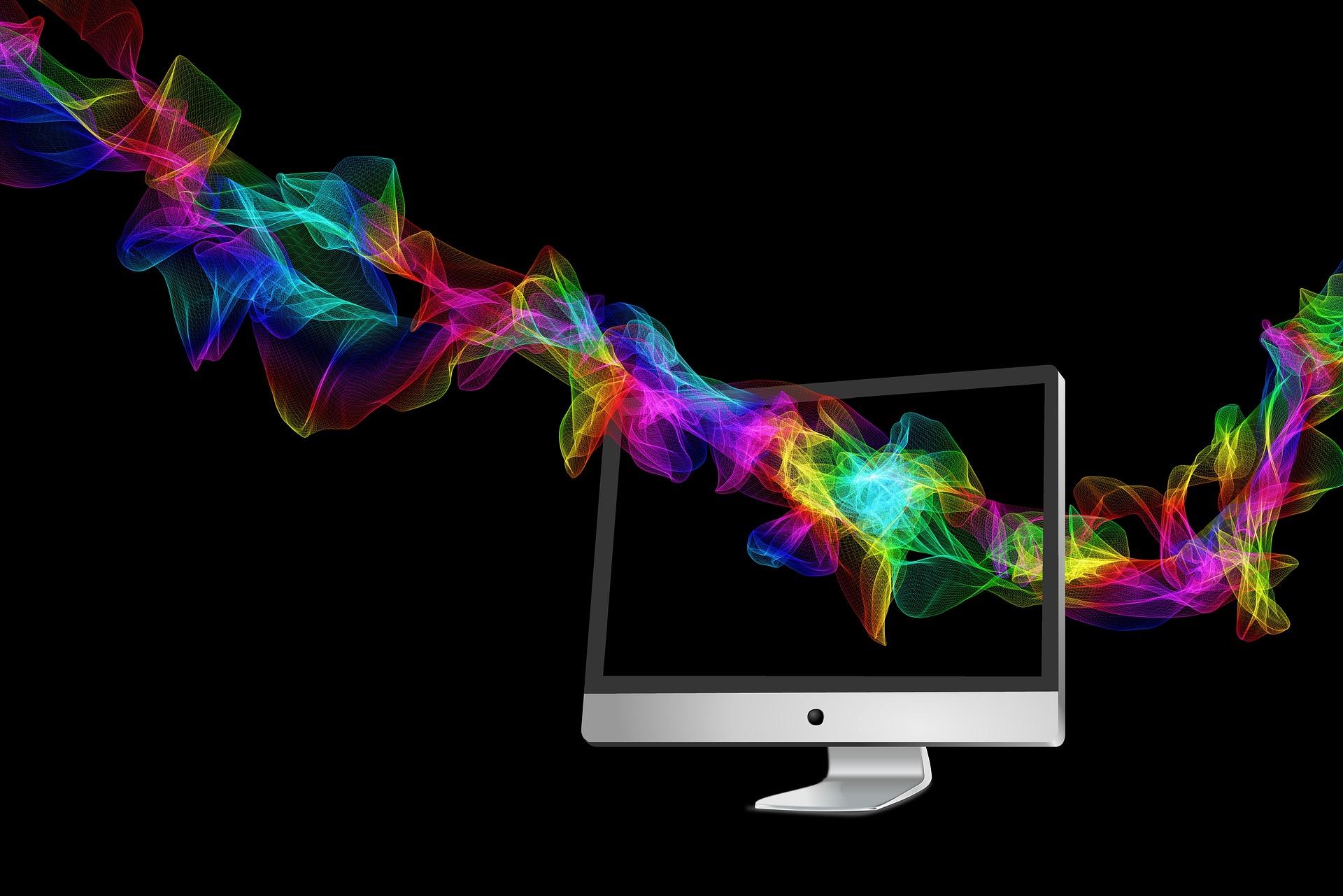"Futuristic Leap: The Dawn of Holographic Computing"
The world of computing is ever-evolving, bristling with breakthroughs that continually redefine our interaction with technology. Among these, a significant leap forward has been the emergence of Holographic Computing, a revolutionary advancement that blurs the line between the real and the virtual world.

A Glimpse into the Past
Holography, the science of creating three-dimensional images, was first introduced in the 1960s by Hungarian-British physicist Dennis Gabor. The concept remained largely theoretical until the 70s when laser technology advanced enough to put Gabor’s ideas into practice. The development of holography marked a radical shift from conventional two-dimensional imaging, laying the groundwork for the future of 3D imaging and display.
The Birth of Holographic Computing
The concept of Holographic Computing originated in the early 2000s, with multiple tech giants experimenting with the technology. However, it wasn’t until 2015 when Microsoft unveiled the HoloLens, the first self-contained holographic computer, that the world got its first real glimpse into the potential of this technology. The HoloLens didn’t just project images onto a screen; it created interactive, three-dimensional holograms that users could manipulate using gestures, voice commands, and gaze.
The Present Scenario: HoloLens 2 and Beyond
The current iteration, HoloLens 2, was released in 2019. It offers a more comfortable, immersive experience with a larger field of view and improved gesture recognition. Notably, it’s been adopted in various industries, from healthcare, where it’s used for surgical training, to architecture, where it helps visualize building designs.
As for the price, HoloLens 2 retails at around $3,500. It’s a steep price, but one that many businesses are willing to pay for the cutting-edge capabilities it offers. Microsoft’s dominance in the market, coupled with the high entry cost, means that the HoloLens is currently more of a business tool than a consumer product.
The Future of Holographic Computing
While HoloLens 2 has made significant strides in holographic computing, the technology is far from perfect. The field of view, though improved, still has room for expansion. Additionally, the high cost and the need for a powerful computer to run it make it inaccessible to the average consumer.
However, the future of holographic computing looks promising. With advancements in technology and reductions in cost, we could soon see a world where holograms are a part of our everyday life, changing the way we work, learn, and play.
The Impact of Holographic Computing
Holographic computing represents a radical shift in how we interact with technology. It offers the promise of a more immersive, intuitive way of computing that could revolutionize industries ranging from healthcare to entertainment. While the technology is still in its infancy, the potential it holds is immense. As we stand on the cusp of this new era, it’s exciting to imagine what the future will bring.




